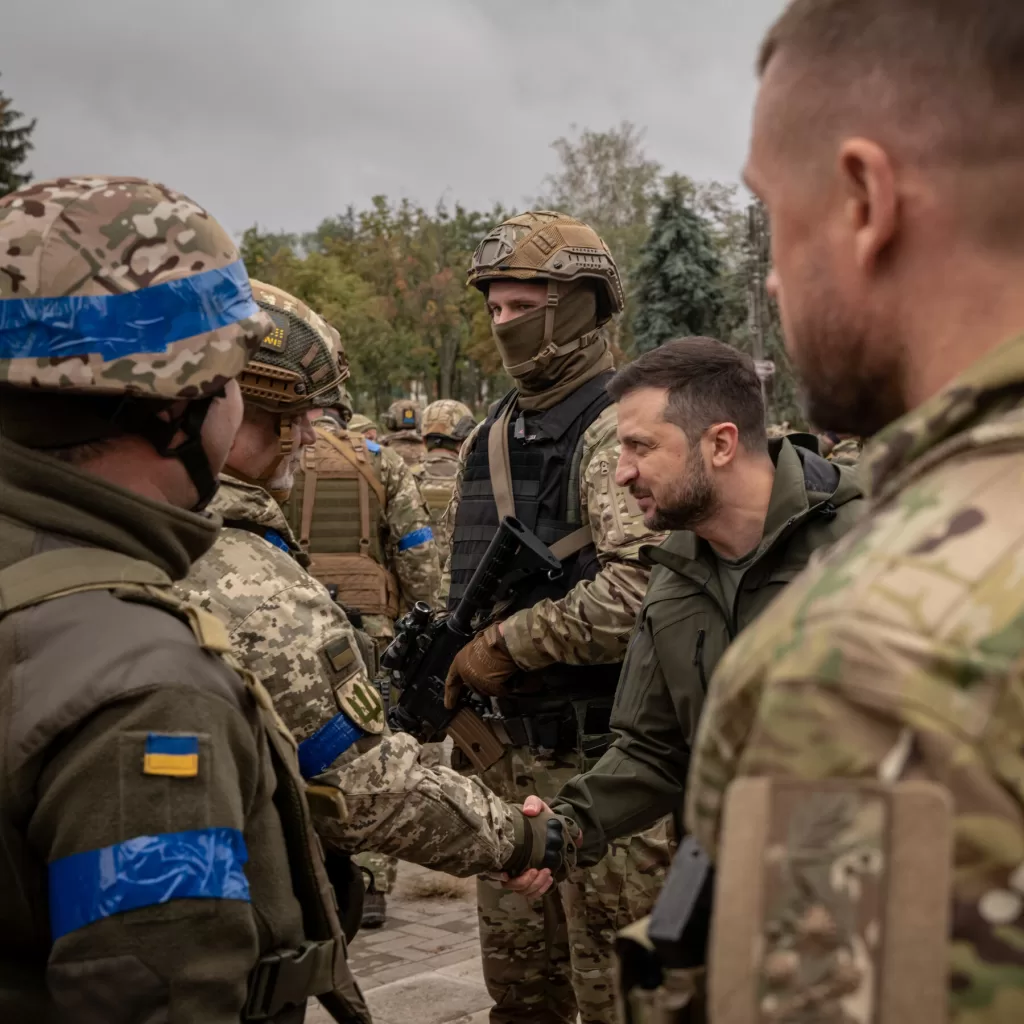
WHY UKRANIANS ARE REFUSING TO FIGHT FOR THEIR COUNTRY
For the past 18 months, Pavlo has barely left his house. His reclusiveness has nothing to do with the Russian bombs and drones pounding Kyiv. It is not the air strikes he fears, but his own Ukrainian countrymen.
It is draft officers, seeking to press-gang able-bodied men like him into units bound for the front that he dreads.
Pavlo is no conscientious objector. He regards himself as a patriot and never questions the righteousness of Ukraine’s cause. Yet he – and millions like him – will not fight for their country.
Reluctance to serve – or to keep serving, in the case of the ever-swelling number of deserters – has long troubled Ukraine.
In the past 48 hours, Russian troops breached Ukrainian defences near the coal-mining town of Dobropillia, pushing nine miles into territory around the city of Pokrovsk, a long-time Russian target.
The shock advance, the most significant Russian gain this year, cast Ukraine’s manpower problems in stark relief.[/b]
Ukraine has since deployed some of its best reserves to slow the incursion, but DeepState, a monitoring group close to the defence ministry, called the situation “chaotic”.
Russian troops had found gaps in the lines, advanced and were “consolidating positions and gathering forces for new advances”.
Volodymyr Zelensky, Ukraine’s president, cast the push as an attempt to shape the narrative at the Trump-Putin summit, showing that “Russia is advancing while Ukraine is losing ground” in the hope Mr Trump will back Putin’s terms.
That may be true, but it does not change the reality on the ground.
“The entire defence line is like a sieve,” wrote Stansislav Bunyatov, a Ukrainian serviceman and blogger, a sentiment echoed by Borden Krotevhych, former chief of the Azov Brigade.
Krotevhych wrote: “This chaos has been growing for a long time, worsening with each passing day. A stable line of combat, as such, effectively doesn’t exist.”
Ukraine is “visibly losing the war”, says Konrad Muzkya, a Polish military analyst, largely because of the manpower crisis. So why won’t men like Pavlo, 35 and a new father, enlist?
“Probably because I am afraid,” he says, with disarming honesty.
“Afraid to die or, worse, lose my mind and become a burden to my family. Afraid to leave my family in poverty. Afraid that my daughter will grow up an orphan. Afraid of being captured and tortured for months.
“I feel ashamed of this. People look for excuses not to join the army. People tell themselves that it is the government which is wrong, or that Europe is to blame, or that someone else should be sent. But for most, it’s simply fear.”
Fear is part of it. But not the whole story.
When Russia launched its full-scale invasion in February 2022, Ukraine had 260,000 troops. By summer that had swelled to 700,000 as volunteers flooded in.
Outnumbering the invading Russians, Ukraine recaptured 5,800 square miles of territory by the end of the year.
Those days are gone. Mobilising reservists, recruiting prisoners and offering financial inducements to men in the country’s left-behind villages, Russia – with a far larger population – regained numerical supremacy by late 2023.
Until recently however, Ukraine compensated with superior drone power. But Russia has caught up, deploying more drones and better counter-measures, as well as becoming better at neutralising Ukraine’s.
“Ukraine has an infantry shortage while its drones, the very thing its defences hinged on, are being suppressed,” says Mr Muzyka. “The result is that over the past couple of months we have seen the Russians make significant pushes on several axes.”
Worse, Ukraine’s infantry is shrinking, with desertions and casualties exceeding the 200,000 mobilised last year.
Around 650,000 men of fighting age are thought to have fled Ukraine. Others hide, like Pavlo, or bribe draft officers and army psychiatrists for health exemptions.
Fearing a public backlash, Mr Zelensky has resisted Western pressure to lower the draft age from 25 to 18, which would add 800,000 potential recruits.
The desertion crisis is even starker. Unofficial estimates suggest more than 400 soldiers are abandoning the battlefield daily – exhausted by years of war, frustrated by rigid, top-down command, and disheartened by those avoiding service. Mr Trump’s perceived tilt towards Moscow has deepened defeatism.
The collapse in morale is feeding a vicious cycle.
As ranks thin, generals strip other units to fill the front line. Air force mechanics and radar operators are sent to fight as infantry –where life expectancy is far shorter. That, in turn, makes evaders even more determined to stay away.
[b]“I’m not ashamed to say that I’m scared of joining the infantry,” says Oleksandr, a 36-year-old programmer in hiding.“My contacts in the military say that practically every recruit from the small amount of draftees the military now gets is sent to replenish the infantry, whose ranks suffer the highest number of casualties.”
In the ruins of front-line towns, and on the battlefield, there is no escape. Despite the reversals, many soldiers fight on regardless.
“I don’t plan on stopping any time soon,” says Oleg, serving near Pokrovsk, speaking shortly after losing a close friend in combat.
“If I quit now, I wouldn’t feel like a man – I wouldn’t feel right. I would feel like I’m letting my team and my family down.”
Mr Muzkya points out: “When you are losing and there is a manpower shortage then obviously, if you are a Ukrainian male, your willingness to join up is far smaller than in 2022 when Ukraine was pushing the Russians back and looked like it was winning.”
 Premium News
Premium News